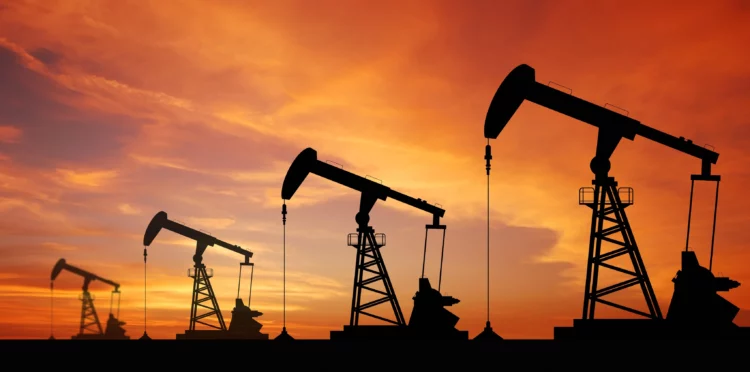
A new report has shown that international banks are defying ignoring the Paris Agreement as they continue to invest more money for oil and gas exploration.
Though there is no large international bank without a net-zero plan, these plans invariably include curbs in lending to the oil and gas industry. Yet, despite these plans, most of the world’s top lenders continue doing business with the oil industry and they have been doing more of it lately.
The revelation comes from the 15th annual Banking on Climate Chaos report authored by an organisation called Oil Change International, part of a group of climate NGOs committed to putting an end to the oil and gas industry.
According to this report, the world’s 60 largest banks have invested $6.9 trillion in the oil and gas industry since the Paris Agreement was signed in 2016, marking the official start of the global net-zero shift.
Of this, Oil Change International reported that $3.3trillion went towards expanding the production of hydrocarbon energy. This is bad enough news from the climate NGO perspective, certainly, but it is not the only bad news.
What’s worse than a total of $6.9 trillion in hydrocarbon investment is an investment of $705 billion for 2023 alone with some segments of the industry seeing increases in bank funding.
This, in a world with a net-zero agenda, should not be happening, especially when banks are making decarbonization pledges and officially shrinking their business dealings with oil and gas producers but yet not all of them are doing it.
Oil Change International, for lack of other tools, uses naming and shaming to sound the alarm of banks financing oil and gas, calling what it sees as the worst net-zero offenders ‘The Dirty Dozen.’
Those are led by JP Morgan, which invested $430.9 billion in the oil and gas industry between 2016 and 2023.
Also Citi, with oil and gas exposure of $396.3 billion for the period, followed by Bank of America, which invested $333.3 billion between the signing of the Paris Agreement and last year.
The ‘Dirty Dozen’ also includes lenders such as Barclays, MUFG, Scotiabank, and HSBC, as well as RBC and the report includes a lot of language aimed at making these banks feel embarrassed about their business practices. What it doesn’t do is ask the question that this information begs: why are banks investing so much in oil and gas?
The answer, of course, lies in the financial reports of oil companies and news reports such as the one that Global Witness released this February stating Big Oil majors paid their shareholders a record $111 billion in dividends on the back of record profits for 2022.
Those record profits were driven by the energy crunch in Europe that highlighted the importance of energy security in a way that everyone could understand—except climate NGOs, it appears.
The Oil Change International report says that financing for liquefied natural gas increased last year, hitting $120.9 billion. From their perspective, this must be a worrying trend. From the perspective of the banks themselves, this is good business—because demand for LNG is on the rise with Europe switching from pipelines to LNG carriers. Even record electricity generation from wind and solar in 2023 did not depress demand for liquefied gas.
Copied
